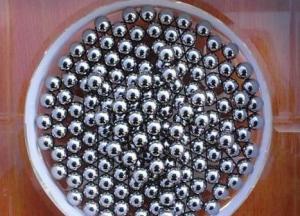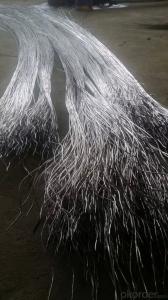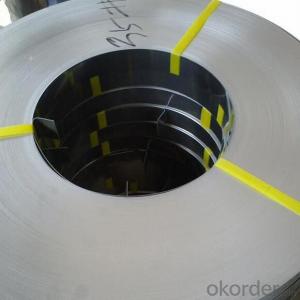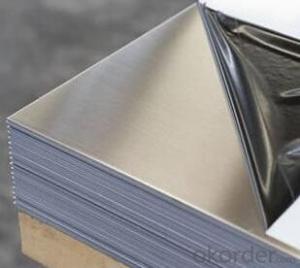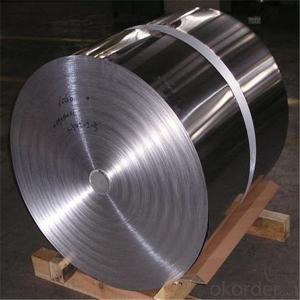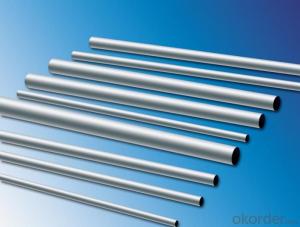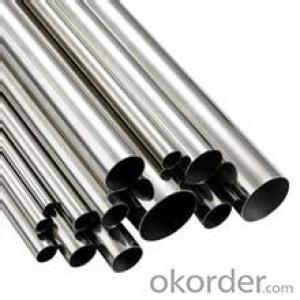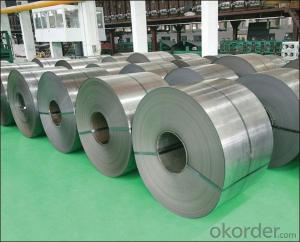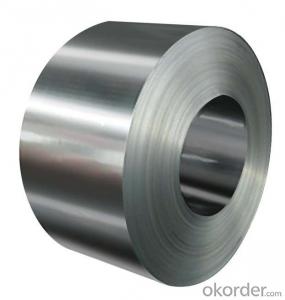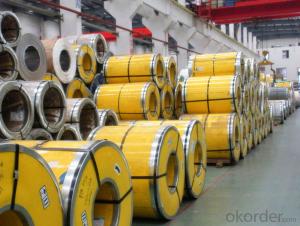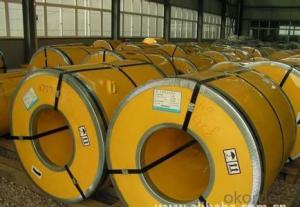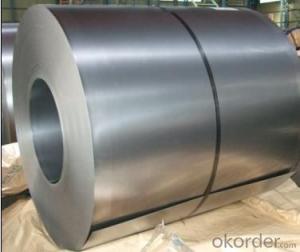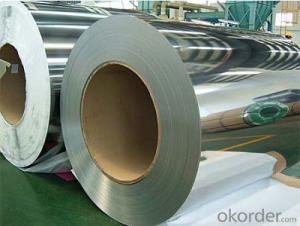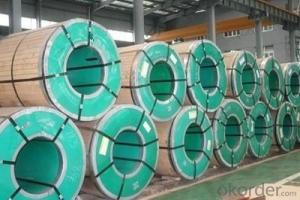Stainless Steel 316l
Stainless Steel 316l Related Searches
Best Paint For Stainless Steel Blanket Insulation For Steel Buildings Primer For Galvanized Steel Foam Filter For Stainless Steel H S Code For Stainless Steel Surface Grinding Wheels For Stainless Steel Surface Grinding Wheels For Hardened Steel Hole Saw For Stainless Steel Paint For Stainless Steel Stainless Steel For BbqHot Searches
Steel Mesh Panels For Sale Price For Stainless Steel Scrap Scrap Price For Stainless Steel Price For Stainless Steel Stainless Steel Tank For Sale Stainless Steel Sheets For Sale Cheap High Tea Sets For Sale Stainless Steel Tanks For Sale Stainless Steel For Sale High Density Fiberboard For Sale Solar Hot Water Collectors For Sale Scaffolding For Sale In Uae Scaffolding For Sale In Ireland Scaffolding For Sale In Houston Type Of Inverter For Solar Price Of Shipping Containers For Sale Types Of Inverter For Solar Stock Price For Aluminum Used Solar Inverter For Sale Steel Mesh Panels For SaleStainless Steel 316l Supplier & Manufacturer from China
Okorder.com is a professional Stainless Steel 316l supplier & manufacturer, offers integrated one-stop services including real-time quoting and online cargo tracking. We are funded by CNBM Group, a Fortune 500 enterprise and the largest Stainless Steel 316l firm in China.Hot Products
FAQ
- Yes, stainless steel strips can be used in the agricultural industry. Stainless steel is known for its corrosion resistance, durability, and strength, making it suitable for various agricultural applications. Stainless steel strips can be used to fabricate equipment and components such as tanks, silos, troughs, conveyors, and machinery frames. These strips are resistant to rust and can withstand harsh environmental conditions, including exposure to moisture, chemicals, and agricultural substances. Moreover, stainless steel is easy to clean and maintain, making it a hygienic choice for applications in the agricultural industry. Overall, stainless steel strips offer numerous benefits and can be effectively utilized in various agricultural processes and equipment.
- Yes, stainless steel strips are generally suitable for architectural mesh due to their durability, corrosion resistance, and aesthetic appeal.
- The storage and handling recommendations for 111 stainless steel strips include storing them in a clean, dry, and well-ventilated area to prevent moisture and corrosion. It is advisable to stack them on pallets or racks to avoid contact with the ground and minimize the risk of damage. Additionally, handling should be done with clean gloves or tools to prevent contamination and scratches on the surface. Regular inspection for any signs of damage or corrosion is also recommended.
- Yes, stainless steel strips can be used in automotive exhaust systems. Stainless steel is commonly used in exhaust systems due to its high resistance to corrosion and heat, making it a durable and reliable material for withstanding the harsh conditions of exhaust gases and moisture.
- The dimensions and thickness of stainless steel strips can cause variations in their weight. In general, stainless steel has a density of approximately 7.93 grams per cubic centimeter. In order to determine the weight of a stainless steel strip, it is necessary to have knowledge of its length, width, and thickness. By multiplying the strip's area by its thickness and density, one can ascertain its weight.
- Stainless steel strips are indeed applicable for nuclear purposes. Within the nuclear industry, stainless steel is widely utilized due to its remarkable resistance to corrosion, impressive strength, and ability to maintain its properties even under high temperatures. Its usage spans across various components including reactor vessels, fuel cladding, heat exchangers, and piping systems. In particular, stainless steel strips are commonly employed for wrapping and cladding, providing an extra layer of safeguard against corrosion and radiation. Furthermore, stainless steel's non-magnetic characteristics render it suitable for specific sensitive nuclear applications. Nonetheless, it is vital to ensure that the chosen stainless steel grade aligns with the specific nuclear application and meets the required regulatory standards.
















